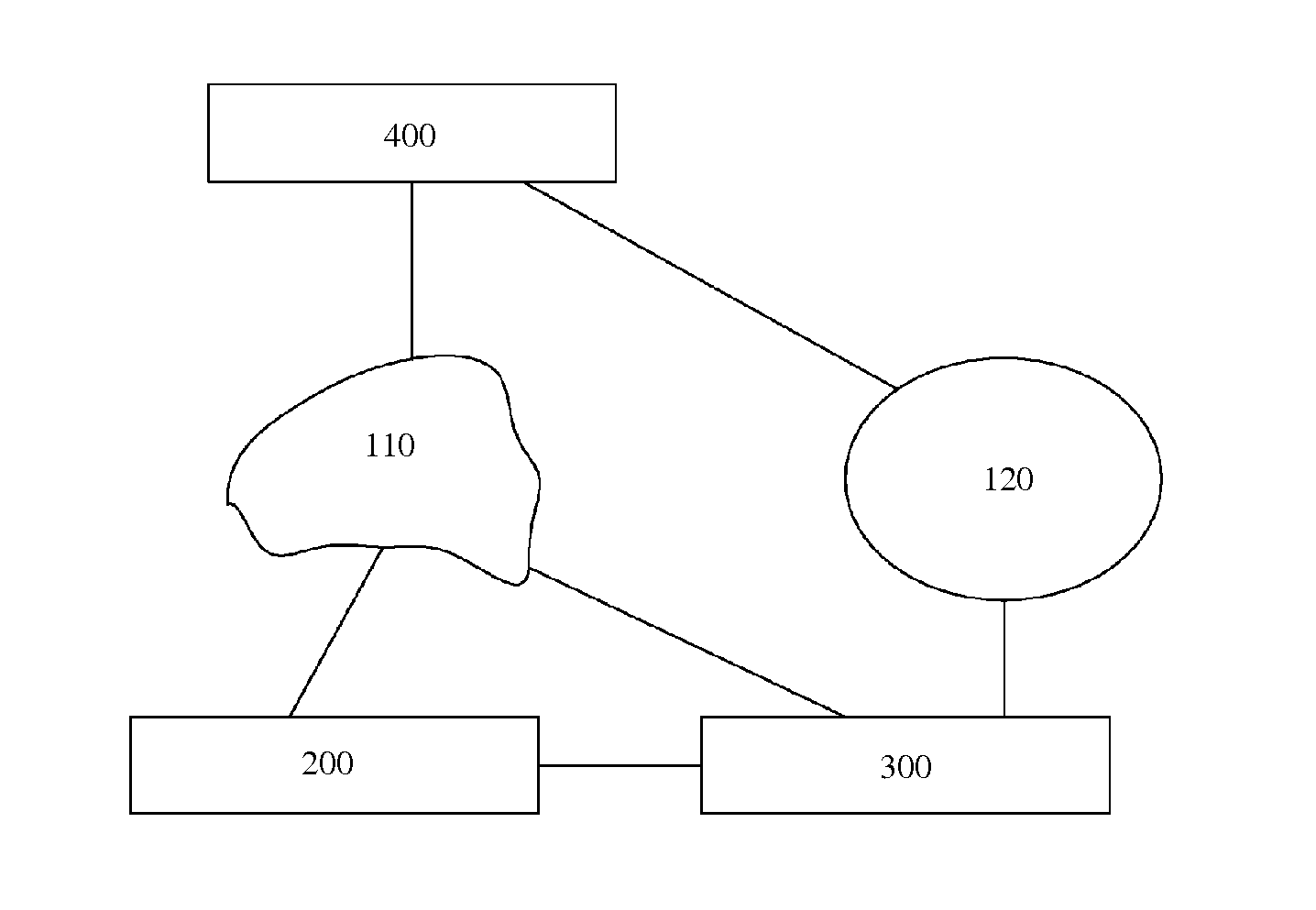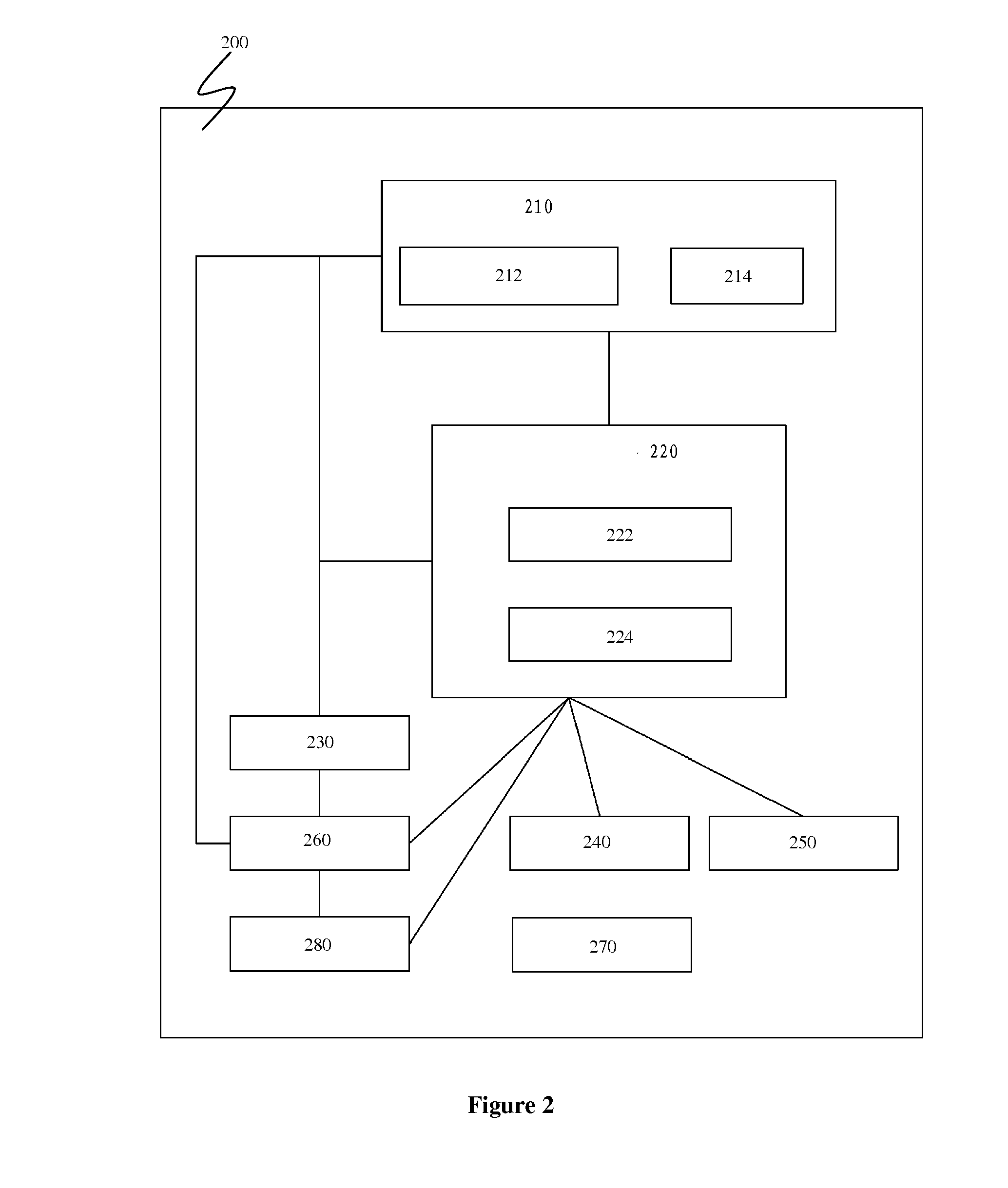Method, system and apparatus for authenticating user identity
a user identity and authentication method technology, applied in the field of information security, can solve the problems of card operator's monopoly, card theft, inability to authenticate users, etc., and achieve the effects of avoiding forgery, loss, and unauthorized use, and simple installation and/or configuration
- Summary
- Abstract
- Description
- Claims
- Application Information
AI Technical Summary
Benefits of technology
Problems solved by technology
Method used
Image
Examples
Embodiment Construction
[0318]The various embodiments of the present invention are described in detail with reference to the drawings as follows.
[0319]FIG. 1 shows a block diagram illustrating a system used for authenticating user identity according to one embodiment of the present invention. As shown in the figure, an authentication system according to one embodiment of the present invention comprises an optional communication network 110, a communication network 120, a user terminal 200, an authentication front-end computer system 300, and an authentication server 400. The communication network110 can be a wireless communication network, a wired communication network, or a combination of both. It can also be a local area network (LAN), a metropolitan area network (MAN), a wide area network (WAN), or a combination of two or even all three of them. The communication network 120 can be a wireless communication network, a wired communication network, or a combination of both. It can also be a LAN, a MAN, a W...
PUM
 Login to View More
Login to View More Abstract
Description
Claims
Application Information
 Login to View More
Login to View More - R&D
- Intellectual Property
- Life Sciences
- Materials
- Tech Scout
- Unparalleled Data Quality
- Higher Quality Content
- 60% Fewer Hallucinations
Browse by: Latest US Patents, China's latest patents, Technical Efficacy Thesaurus, Application Domain, Technology Topic, Popular Technical Reports.
© 2025 PatSnap. All rights reserved.Legal|Privacy policy|Modern Slavery Act Transparency Statement|Sitemap|About US| Contact US: help@patsnap.com



